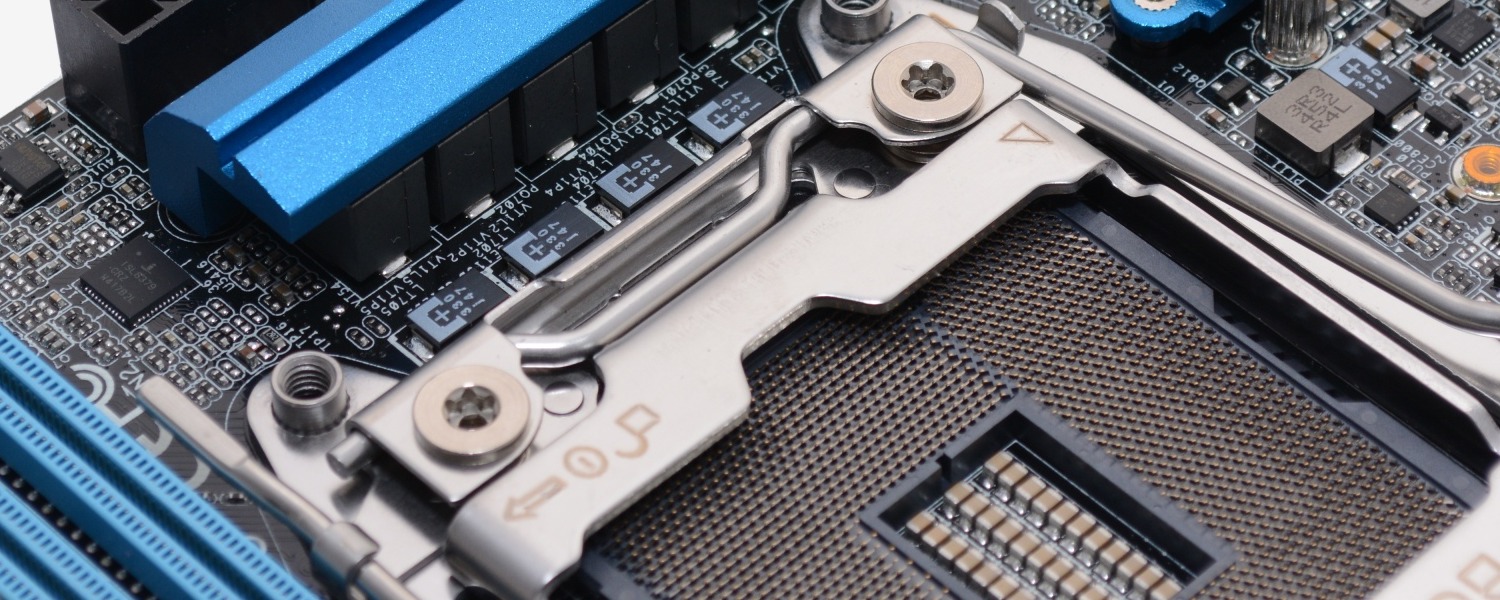Application Performance, Encoding Performance

Again we see that the Asrock X99E-ITX/ac was a fraction faster than the full size X99 board taking just 2.3 seconds to complete the Excel 2013 workload.

It doesn't make sense that the Asrock X99E-ITX/ac is 6% faster than the Fatal1ty X99X Killer given the massive reduction in memory bandwidth. Perhaps being that this is a much newer X99 motherboard Asrock has been able to better optimize the BIOS and those enhancements are yet to be applied to the older boards. It would seem as though the X99E-ITX/ac is being more aggressive with the Turbo clocks of the Core i7-5960X.

This time we find that the Asrock X99E-ITX/ac is 7% faster than the Fatal1ty X99X Killer and again this can only be explained by a more aggressive Turbo profile.

Despite being up to 7% faster in previous tests the Asrock X99E-ITX/ac was slightly slower than the Fatal1ty X99X Killer in our Adobe Photoshop CC test.



The Asrock X99E-ITX/ac and Fatal1ty X99X deliver the same performance when testing with InDesign CC, After Effects CC and Illustrator CC.
Encoding Performance

The HandBrake test doesn't give us much to talkk about. The dual-channel Asrock X99E-ITX/ac had no trouble matching the Fatal1ty X99X Killer's quad-channel memory.

When working with a 4K sample in our x256 conversion test the Asrock X99E-ITX/ac and its Core i7-5960X processor rendered 3.92fps, which is about the same performance you'd expect to see from any X99 motherboard.

Honestly, we thought that there would be a few occasions where the almost 40% reduction in memory bandwidth would hurt Asrock's X99E-ITX/ac, but that clearly wasn't the case as it again matched the bigger ATX version using quad-channel memory.

The Asrock X99E-ITX/ac finishes off the benchmarking phase on a high note delivering the same performance as the Fatal1ty X99X Killer.
